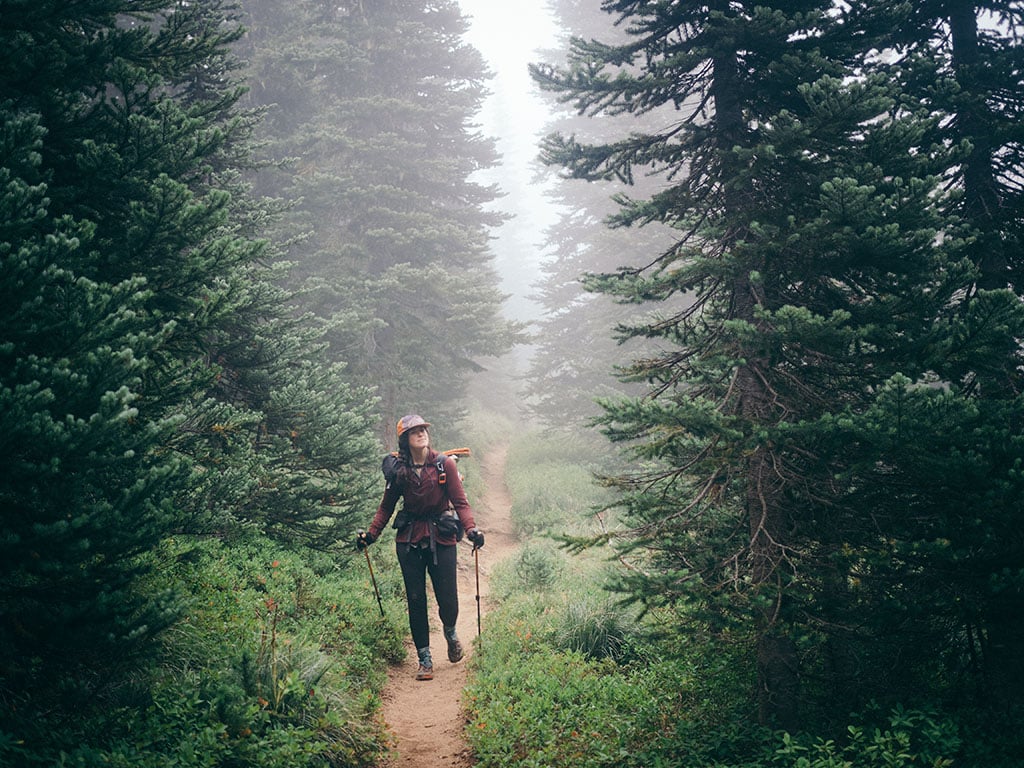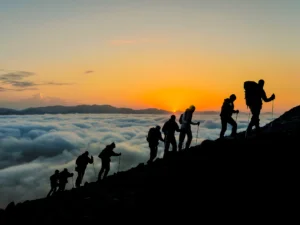
Embarking on a hike is like stepping into a living storybook filled with adventure, mystery, and beauty. But to truly enjoy and navigate these tales, you need to become fluent in the language of trail signs and terrain. Think of trail signs as the map’s friendly guides and the terrain as the storyteller revealing secrets about the land. With a little practice and curiosity, you’ll learn to read these natural clues effortlessly—like a seasoned explorer! So, grab your hiking boots and a sense of wonder, and let’s unlock the wilderness together.
Unlocking Nature’s Clues: Mastering Trail Sign Language with Confidence
Trail signs are the breadcrumbs that lead you through the wilderness, and understanding them is key to a confident hike. Start by familiarizing yourself with common symbols—arrows, blazes, and signs indicating distance or difficulty. Brightly colored blazes, for example, often mark the trail path, and knowing their color codes can help you stay on track. Remember, a green circle might signal an easy route, while a blue square could mean a more challenging trail—each symbol telling a story about what lies ahead.
Next, pay close attention to the context and surroundings of each sign. Signs can sometimes be weathered or partially hidden, especially after a storm or in dense foliage. Use your observational skills: look at the ground for footprints or trail wear, check the direction of moss on trees (which often grows on the north side), and notice any natural landmarks that match the map or guidebook. These clues will bolster your confidence in interpreting signs and prevent you from losing your way.
Lastly, don’t be shy about asking for help or consulting your trail map or app. Many parks and trails now include digital or printed guides that decode their signs for you. Learning to read these signs is like unlocking a secret language, turning every marker into a confidence booster. Over time, deciphering these signals will become second nature, empowering you to explore new trails with enthusiasm and assurance. The wilderness is your vocabulary—master it and speak confidently!
Hiking Like a Pro: Decoding Terrain and Signs for a Smooth Adventure
Understanding terrain is like reading the story of the land itself—each slope, rock, and stream has something to teach you. Look at the trail incline: a gentle slope might be a leisurely walk, while an ascent or descent indicates a more strenuous leg of your journey. Use your body as a gauge—if the trail feels steep and challenging, it’s a cue to prepare for a tougher climb or descent. Recognizing these cues helps you pace yourself and conserve energy for the journey ahead.
Observe the landscape for natural clues about terrain types. Loose gravel, muddy patches, rocky outcroppings, or lush forest floor each tell their own tale. These features can affect your footing and safety, so adjusting your steps accordingly—wearing sturdy shoes, using trekking poles, or taking a more cautious approach—makes your adventure smoother. Also, keep an eye out for signs of water flow or erosion, which can indicate wet or unstable ground nearby. Reading terrain like a pro means respecting its nuances and responding wisely.
Finally, combine your terrain observations with trail signs to navigate seamlessly. For example, a sign indicating a junction paired with a steep incline suggests you might want to pick the safer, accessible route if you’re less experienced. Conversely, a trail that descends into a lush valley might promise stunning views and easy walking. The more you practice reading terrain and signs together, the more natural your trail navigation becomes. With this skill, every hike turns into a confident dance with nature, full of discovery and joy.
===OUTRO:===
Mastering trail signs and terrain reading transforms a simple hike into an immersive adventure. It’s about connecting with the land, understanding its language, and exploring with confidence and joy. Whether you’re deciphering a tiny blaze or navigating a rugged path, each skill adds to your story as a seasoned trail explorer. So go ahead—trust your eyes, listen to the land, and embrace the wilderness like a true pro. Happy hiking!






